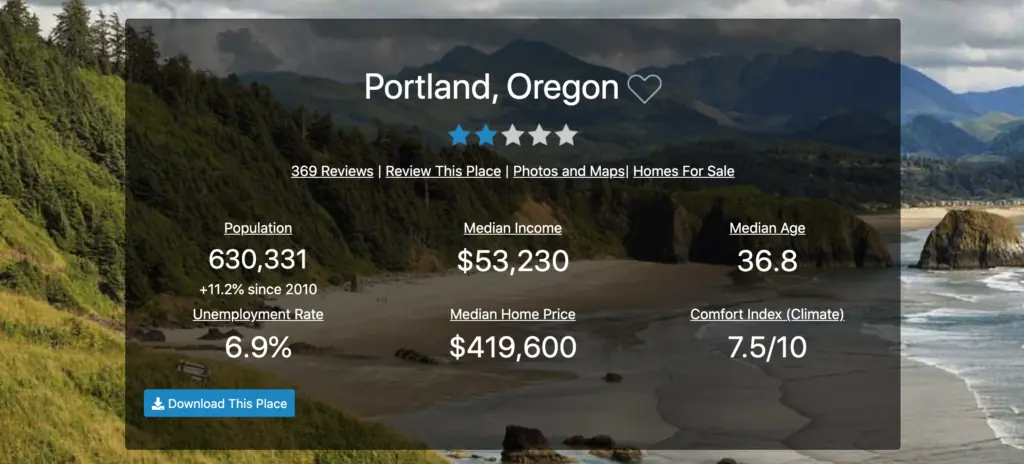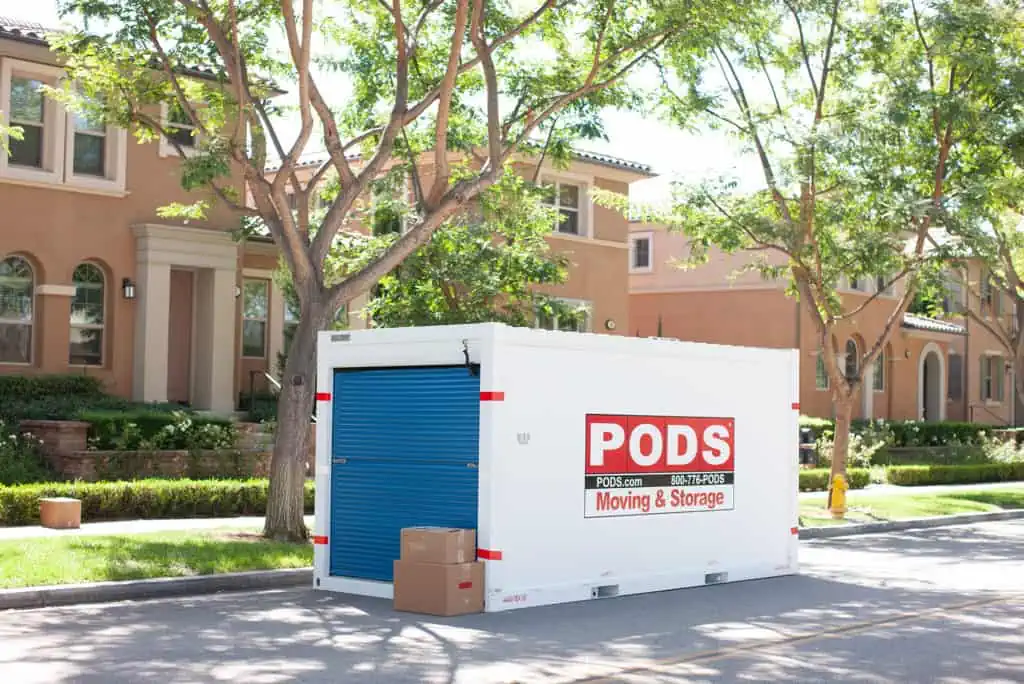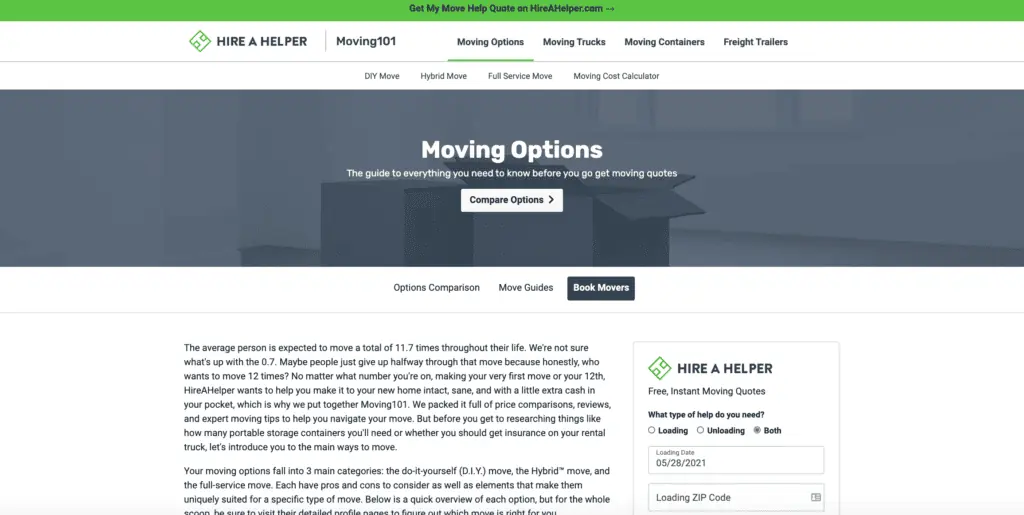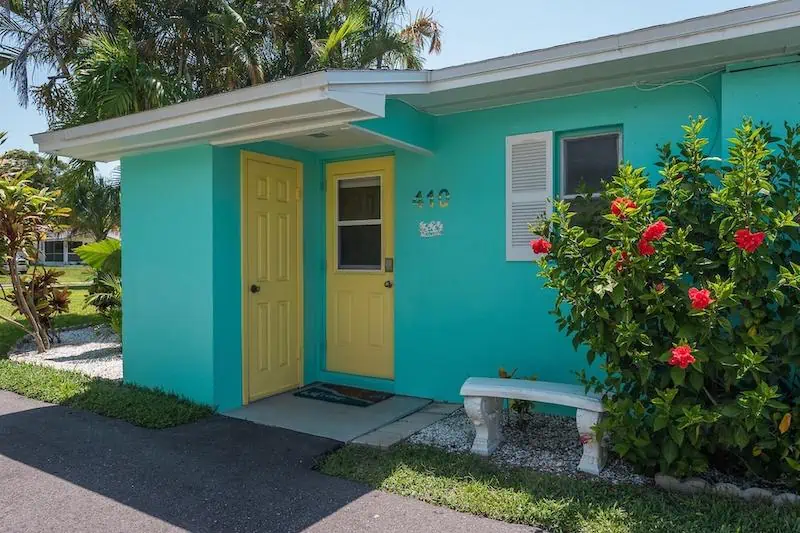Planning on hiring moving labor for your move?
Moving labor is typically charged by the hour, so if you’ve ever tried to book labor-only movers, you know pretty much the first thing they ask you is, “how many movers do you need?”
While it might seem daunting to realistically know the answer, have no fear! I spoke with several of my friends about their recent moves and straight-up asked them how much labor help they ultimately required. Because while moving size charts are great, there’s nothing like talking to someone who’s been through it themselves to tell it like it is.
How long do movers take to finish?
Generally, it can take anywhere from 2 to 8 hours on average to move a house. That’s a huge spread!
The number of hours YOU will end up needing depends on how many movers you hire, how much stuff you have, and whether your move involves any special circumstances, like moving specialty items or navigating stairs.
Here are some things to consider when booking moving labor:
- Consider the factors that could make your SPECIFIC move a pain. It’s pointless to rely on typical moving labor estimates if your apartment is on the eighth floor with no elevator, or you own five baby grand pianos
- Keep in mind that for the sake of operational efficiency, it’s standard for moving companies to maintain a minimum of two movers for two hours, so that’s the lowest amount of labor you’ll be able to reserve. But that’s okay! You very likely won’t need less than this anyway
- The general consensus seems to be: It takes longer to load than it does to unload. As you’ll see below, it usually took about an hour less for my friends to unload than it did to load up. Since you no longer have to worry about things like stacking boxes or arranging the furniture inside the truck, unloading is kind of like riding your bike downhill versus uphill
Why hire more movers when you could hire them for longer hours?
You’ll see some recommendations below for booking up to four (or more) movers at a time. While this might not seem cost-effective at first glance, it’s definitely time-effective, which should ultimately lead to a smaller moving bill at the end of the day.
This is because not surprisingly, even superhumanly strong moving professionals get tired after a while. Making sure you have enough helpers keeps the whole team from losing steam.
How Many People Do You Need to Help You Move? Here’s What My Friends Recommend
Studio/Small Apartment
- Square feet: Up to 800
- Recommendations:
- Loading time: 2 movers for 2 hours
- Unloading time: 2 movers for 2 hours
When a former colleague of mine decided to move out of her 800-square-foot Tampa apartment into a new one closer to work, she couldn’t believe how fast the actual move went after weeks of preparing for it.
As mentioned above, the minimum amount of moving labor she could hire was two movers for two hours, but she felt this was perfect for the size of her apartment. The only hiccup was that she forgot to tell the movers her apartment was upstairs — which most movers charge extra for — so her final bill was a little higher than she expected.
When collecting quotes, make sure you don’t forget to let your movers know if there will be stairs involved! (HireAHelper automatically accounts for this during your online booking.)
2-3 Bedroom Apartment
- Square feet: 800–1200 square feet
- Recommendations:
- Loading time: 2 movers for 3 hours
- Unloading time: 2 movers for 2 hours
When my bestie moved from Big Bear, California back to her home in Los Angeles in order to be closer to family, she and her husband decided to go the budget-friendly route of hiring a U-Haul for the day.
Her 1,100-square-foot cabin had what she calls “two-and-a-half” bedrooms, the half bedroom being a hard-to-classify, den-like room that eventually became a storage room. While packing took over a week, the move itself was accomplished over the course of a very long day.
See prices for local moving labor. Read real customer reviews. Easily book your help online.
She hired two movers who loaded everything into their moving truck in three hours that morning. Unloading was definitely faster, especially since she was moving in temporarily with her parents and only had to unload her stuff into a storage unit, which took about two hours.
2-3 Bedroom House
- Square feet: 1,000–1,500
- Recommendations:
- Loading time: 3 movers for 4 hours
- Unloading time: 3 movers for 3 hours
Recently, my cousin stayed with us in our guest room for a bit after selling her 1,250-square-foot, 2-bedroom, 2-bathroom home.
She decided to opt for a portable storage container since she would need to keep most of her things in storage for a few months, and she wanted to save herself time unloading and reloading her stuff. She did all of the packing herself and hired a few friends to help her finish loading her container on moving day.
“Think about other houses… Do you typically have more or less stuff than they do? Do you have an attic, garage, or basement filled with exercise equipment, tools, or holiday decorations? All of this factors into your moving labor calculations.”
While they weren’t professional packers and loaders per se, they were incredibly proficient (read: buff) and boasted some mad Tetris skills, so she’s confident they were fairly up-to-par with the pros. They had her container loaded in just four hours. Months later, when it was time for her to unload her items into her new apartment, it took about three hours to unload everything from her container.
3-4 Bedroom House
- Square feet: 1,500–2,000
- Recommendations:
- Loading time: 4 movers for 4 hours
- Unloading time: 4 movers for 3 hours
Some old friends of ours moved from Oregon to Florida using a full-service moving company, as they were not about to drive a rental truck with their three little ones across the country.
Their 1,700-square-foot home took about 4 hours to load with the help of their four-person moving team. Their loaders even helped with some last-minute packing. After racing across the country in their minivan to beat their movers to their new city, they quickly found a 3-bedroom home in just the nick of time so they could avoid being charged storage fees.
There were only three movers this time to help them unload the truck, and it took about 4 hours. If there had been a fourth mover, it most assuredly would have taken less time.
4+ Bedroom House
- Square feet: 2,000–3,000+
- Recommendations:
- Loading time: 4+ movers for 5 hours
- Unloading time: 4+ movers for 4 hours
After getting remarried last year, a family friend decided it was finally time to move out of his 3,200-square-foot Tampa Bay home, a place he had shared with his previous wife for nearly twenty years before she passed away. The kids were all grown, and Florida real estate prices are insane right now, so it was a great time to cash in.
His home was not only enormous — 5 bedrooms and 3 bathrooms — but it was also filled with stuff he had collected for decades. Months before the move, as soon as he listed his home for sale, our friend and his new wife began the “Great Purge”. But once they had sold and donated everything they needed to, they still had a decent amount of stuff on their hands.
“It’s pointless to rely on typical moving labor estimates if your apartment is on the eighth floor with no elevator, or you own five baby grand pianos.”
They hired a local full-service moving company for their move and a team of four was tasked with loading and unloading their items. It ended up taking the whole day (about 8 hours) to complete the move.
Something to keep in mind: our friend is a musician and collects guitars and other instruments. The movers didn’t feel comfortable moving these valuables, so he ended up having to take them in his own vehicle. Definitely make sure to let your moving help know ahead of time if you have any collectibles or other specialty items.
See prices for movers by the hour – instantly.
Read real customer reviews.
Easily book your help online.
What about drive time?
It counts.
Regardless if you’re hiring moving company for labor-only OR if the company is driving their own truck, if both ends of the move are happening on the same day, incorporate the drive time into the hourly cost AND combine both estimations.
If you’re worried that might cost a fortune, the good news is that hiring movers by the hour for both your load and unload (the good ol’ Hybrid move!) is still incredibly cost- and time-effective, especially relative to full-service van lines or other huge moving companies. If you’re at all worried and want to know how to keep your costs down, you can chat with someone for free and they’ll quickly figure out what your situation might cost you.
Now it’s your turn: calculate your moving labor needs

Admittedly, the examples above are all anecdotes from people I know. But the actual data from tens of thousands of moves match up with these estimates pretty well, as those who have been in the moving business for over a decade will tell you.
To make your own moving labor estimate as accurate as possible, you’ll need to keep the following in mind:
- How much stuff do you honestly have? Think about other houses you’ve visited. Do you typically have more or less stuff than they do? Do you have an attic, garage, or basement filled with exercise equipment, tools, or holiday decorations? All of this factors into your moving labor calculations. (Note: My friends above had a pretty average amount of stuff for the most part.)
- What’s your mode of transport? If you’re moving with a portable container and take full advantage, you’ll likely load some of your items in advance of your move. In this case, you’ll want to shave off some loading time when estimating your moving labor needs
- Does your move have any unique needs? If your movers have to specially handle unique items, or carry your stuff up or down stairs, or walk a city block to get to the moving truck, you’ll need to add some time to your move
- Will you need help with packing or unpacking? Nearly all of my friends below did the packing themselves, although a couple of them had their pros help with some last-minute boxing on moving day. If you need any packing help on top of loading and unloading, make sure to keep this in mind
While this guide isn’t accurate down to the minute or a legally binding guarantee or anything like that, it should definitely give you a realistic idea of how much labor you might need for your home. With all this in mind, you can use your new moving labor estimate to calculate the cost of your move pretty quickly!









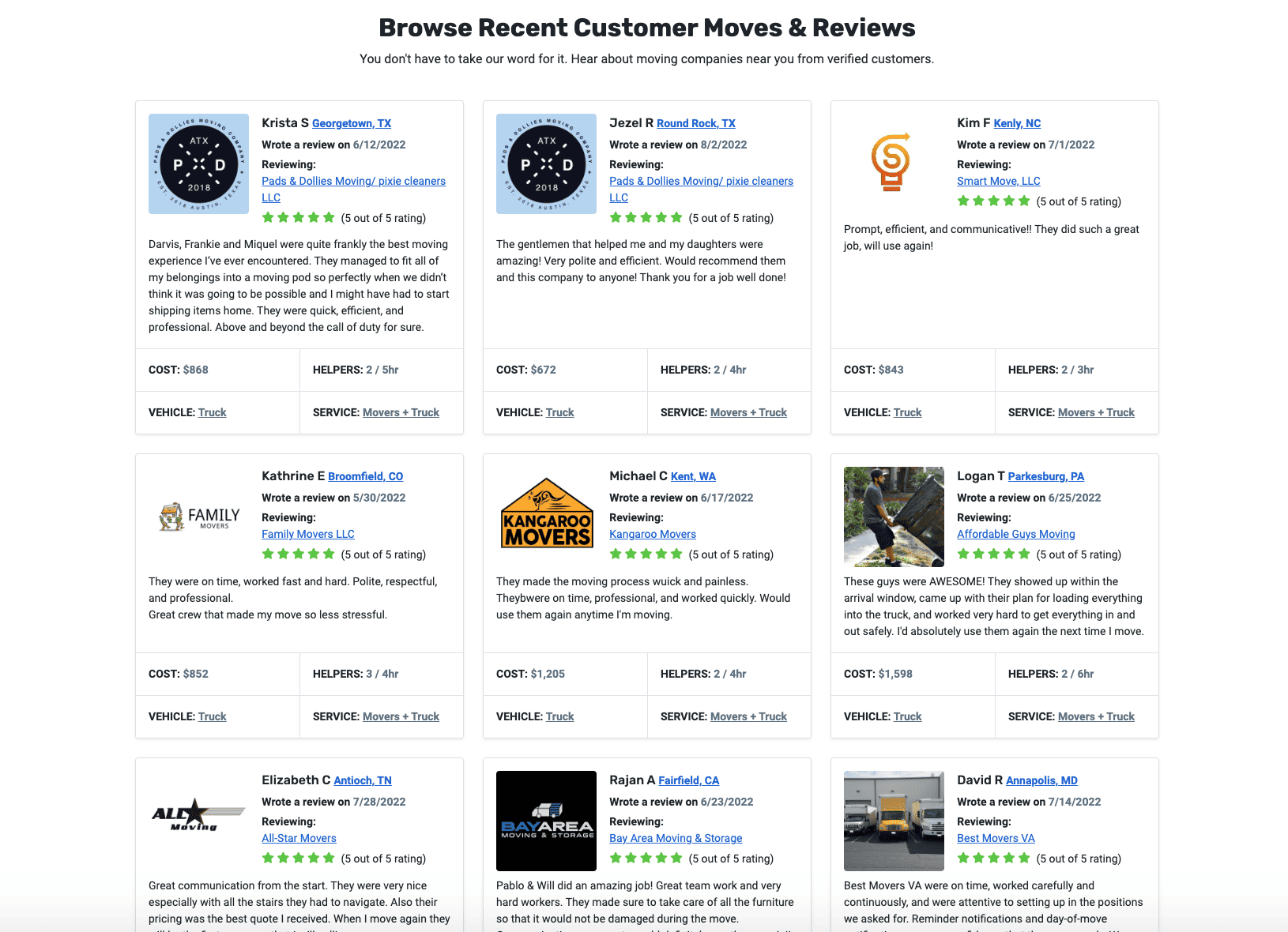
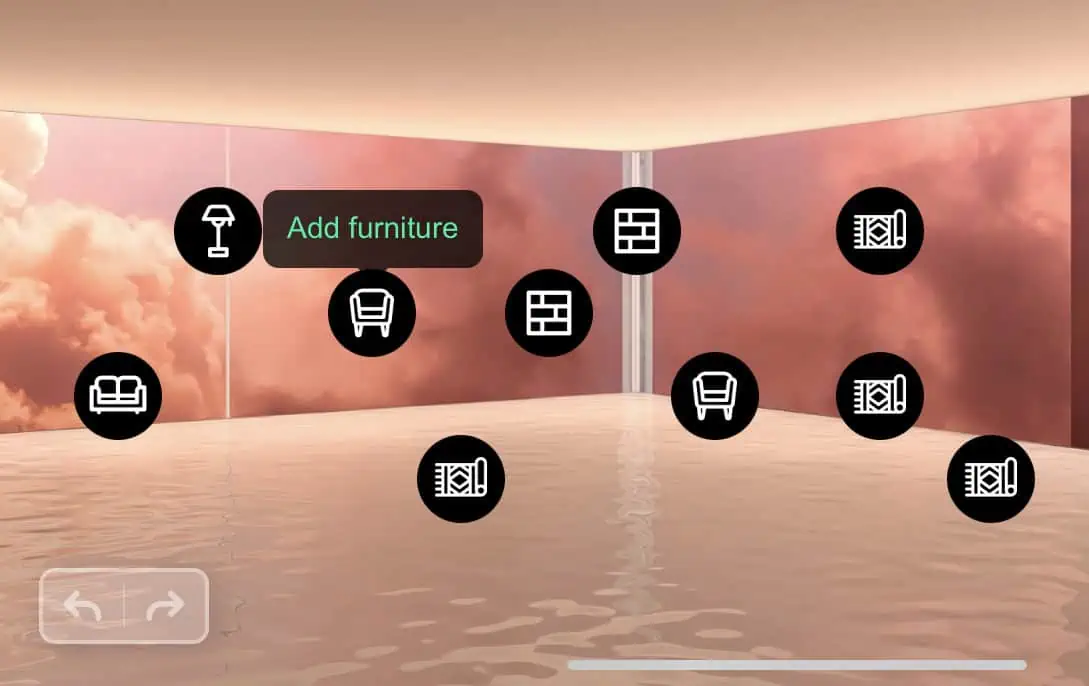
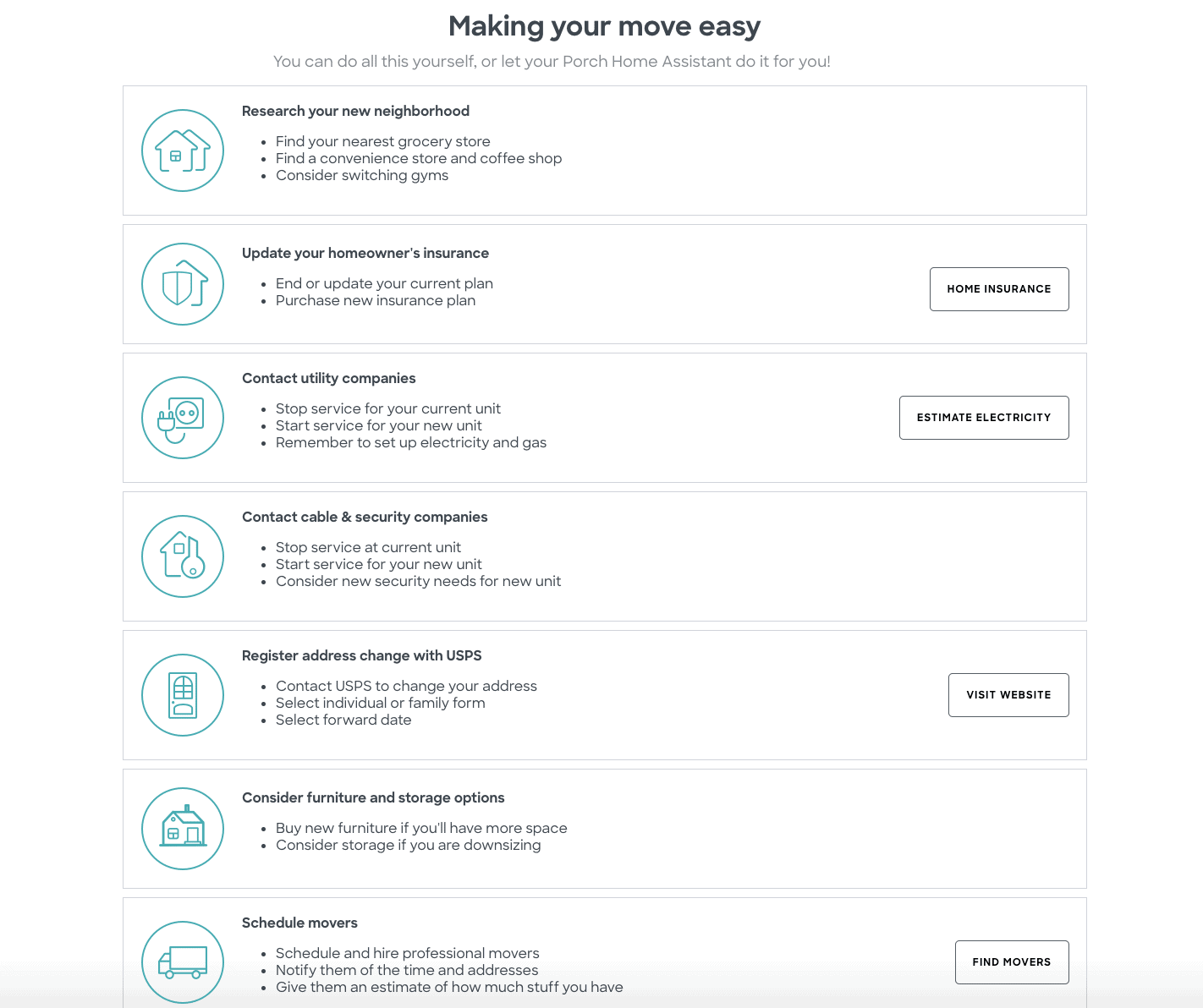






 Photograph your most valuable pieces
Photograph your most valuable pieces








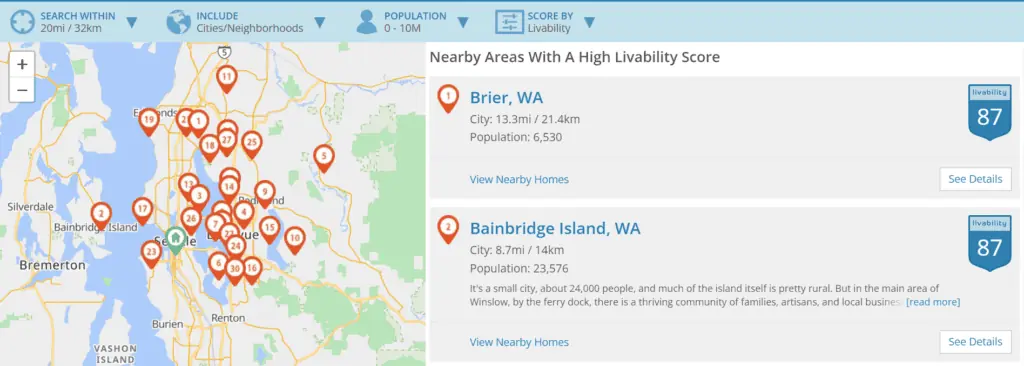




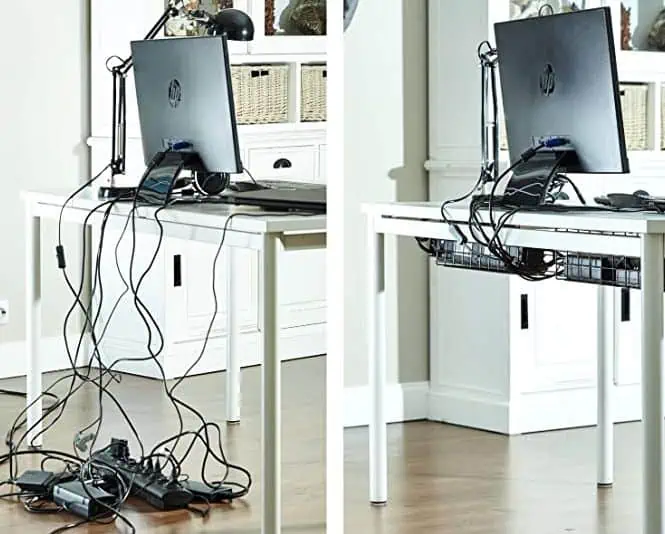


 The problem: So you need a new “non-forever” home that isn’t depressing? If the housing market is as crazy where you live as it is everywhere else, you probably need some time to shop around for your next home (especially if you’re planning on buying). You should consider:
The problem: So you need a new “non-forever” home that isn’t depressing? If the housing market is as crazy where you live as it is everywhere else, you probably need some time to shop around for your next home (especially if you’re planning on buying). You should consider: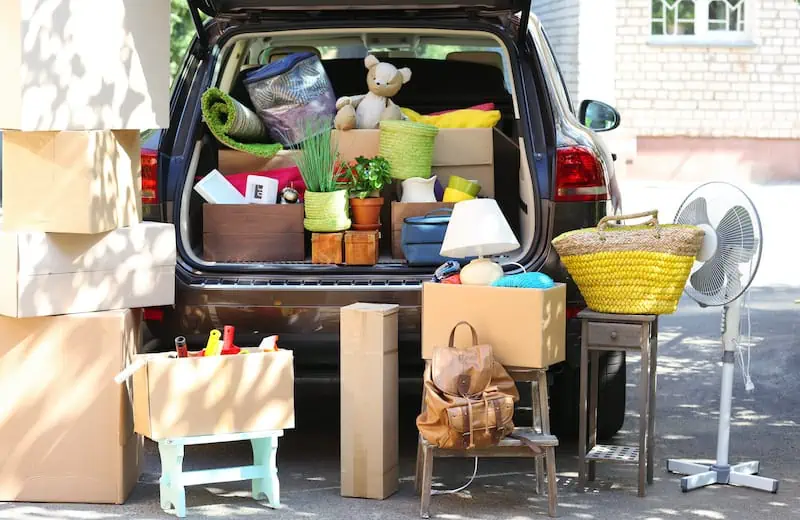
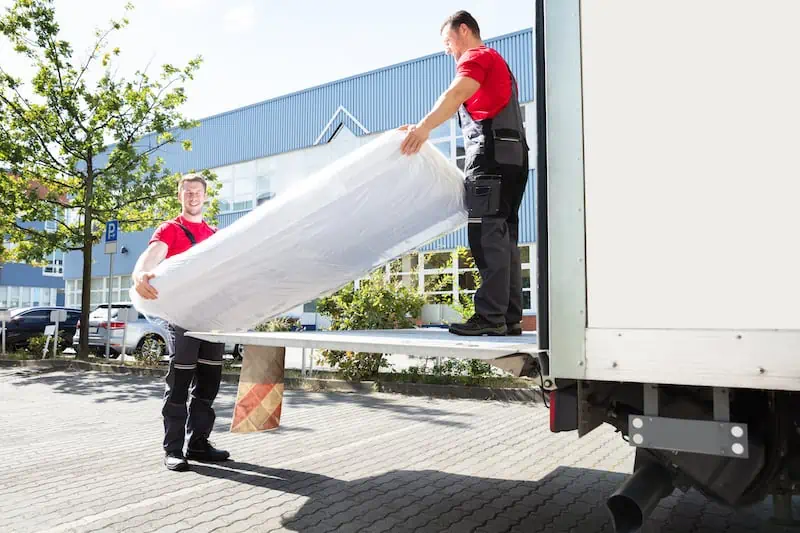
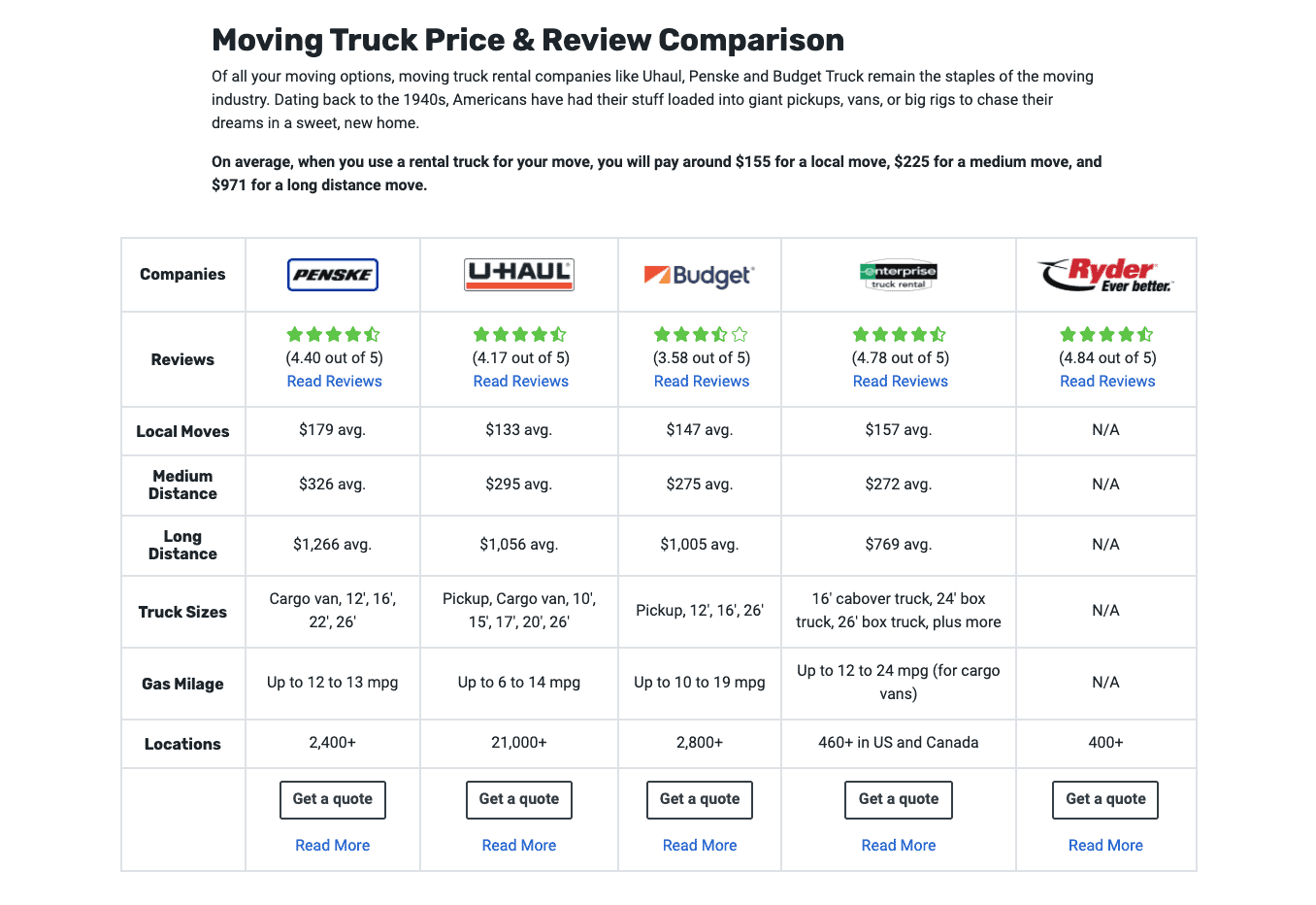

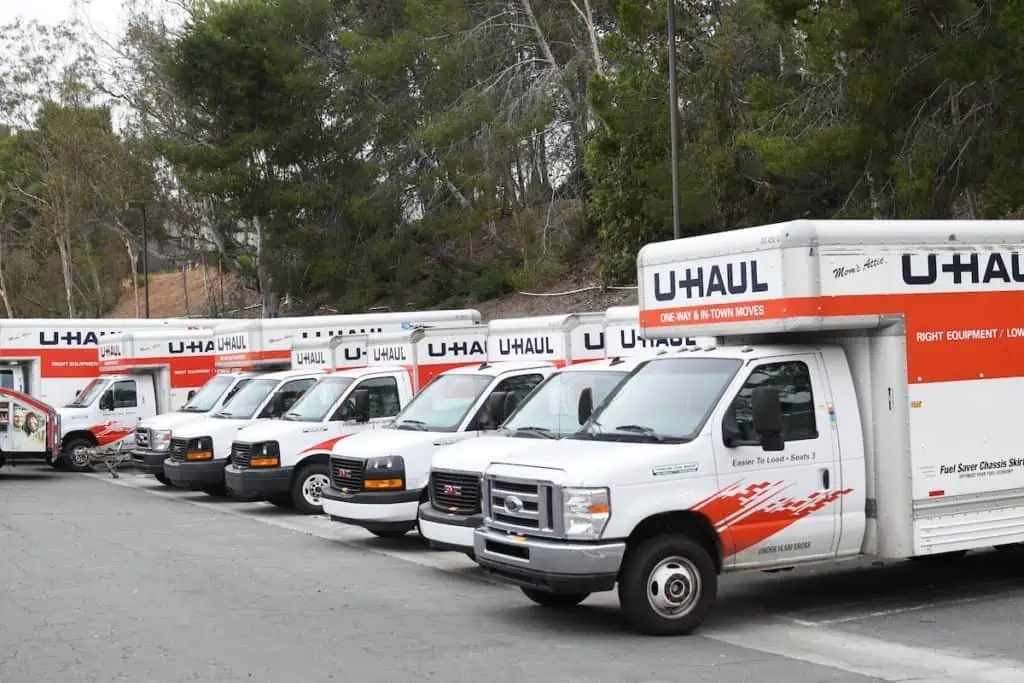
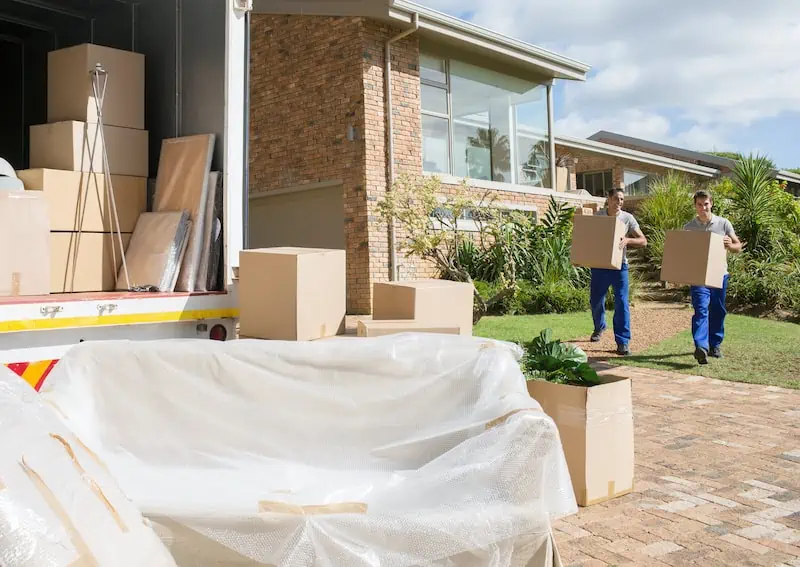

 When filling out the responses that make up the
When filling out the responses that make up the 